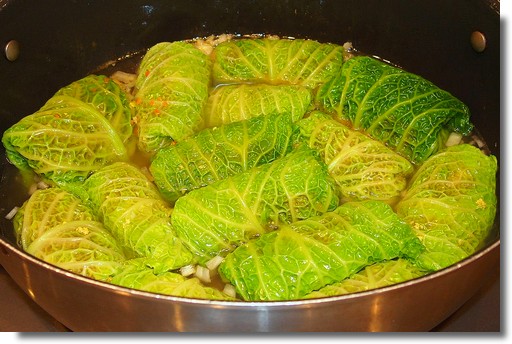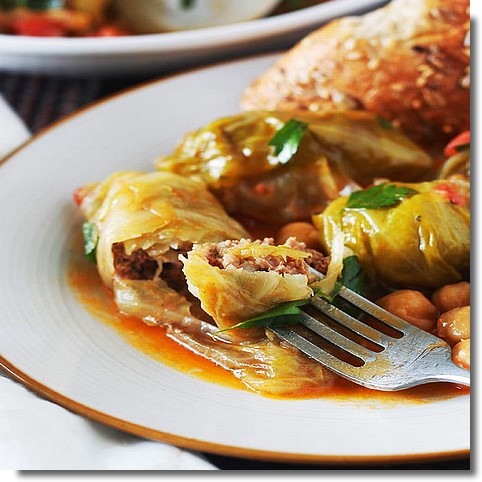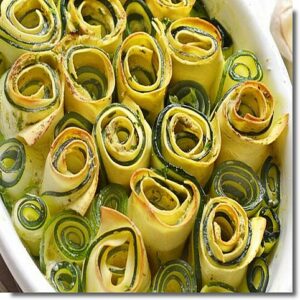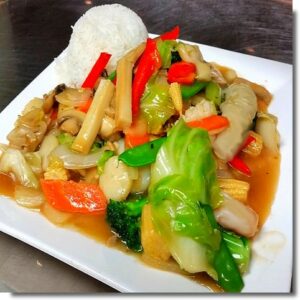These little cabbage leaves stuffed …. with meat and rice, called dolma (in the Balkans and the Near East) or tolma (in Georgia or Armenia), are cooked throughout what was once the Ottoman area.
For most Belgians and French travelling along the Mediterranean coast, this is a Greek speciality.
Possibly Turkish, since the word dolma comes from doldurmak, which means “to fill” in Turkish, and the specialty is widespread in all the countries of the former Ottoman Empire, from the former Yugoslavia to Iran. For the Armenians of the Caucasus, proud of their thousand-year-old culture, it’s an Armenian recipe whose origin comes straight from the word toli, which designated the vine leaf in the time of the kingdom of Urartu, the ancestor of Armenia dating from the 9th century BC. To further muddy the waters, it was finally Azerbaijan, a Turkic-speaking country hostile to this Caucasian neighbor, that succeeded in 2017 in having dolma listed as a “marker of cultural identity” in the Intangible Heritage of Humanity. Knowing the antagonisms from which the region suffers, the Unesco Committee took the liberty of stressing that it wanted to encourage Baku to “share safeguarding experiences with other States Parties with similar elements”.
Dolma/tolma can be eaten hot, or rather cold if concocted with rice but without meat. When hot, they are served with yoghurt.
Some cooks throughout the region use cabbage leaves (fresh or sour) instead of vine leaves (which are picked in May-June when they are tender and green, but can be frozen). 




